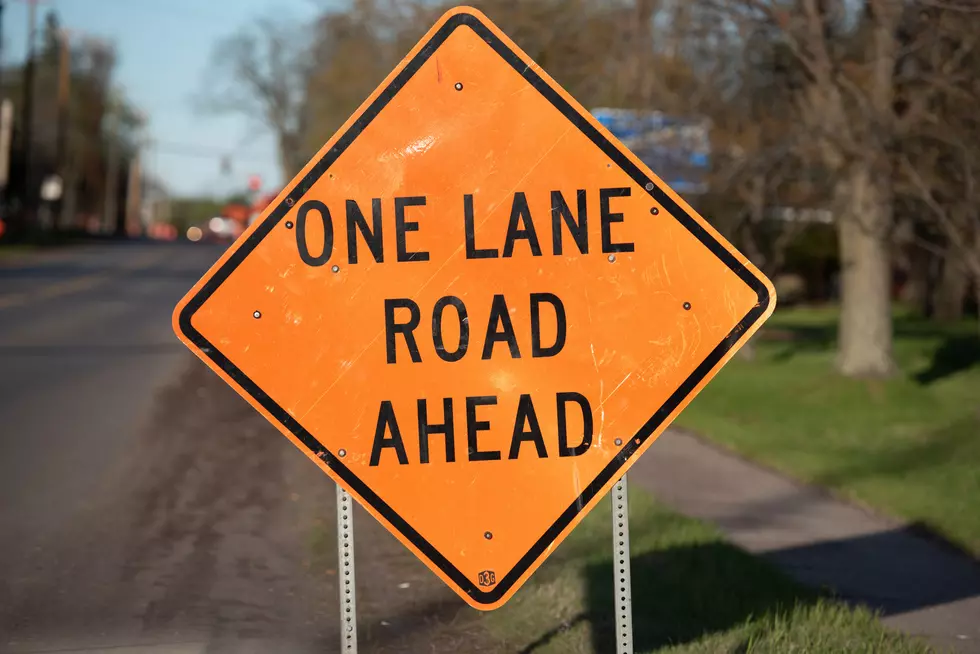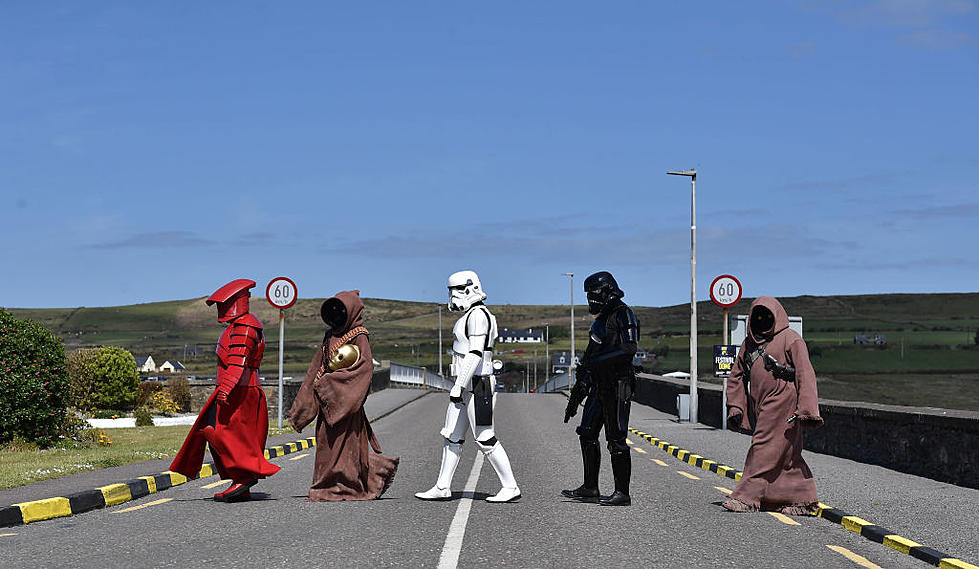
This One Tip Can Save Your Life In A Car Accident In Texas
Car accidents are a pretty common thing to have happen. Anything from a fender bender to a full-on, high impact crash, accidents are a part of life if you're a driver. We see plenty of accidents in Amarillo.
We know all the basics right? Wear your seatbelt is always the biggest thing they say can save your life if you're in an accident. What about AFTER the accident has happened?
There are some obvious things right? Things such as not getting out of your car in a high traffic area kind of standout at the top of the list. The last thing you want to do is panic and open the car door on the highway let's say, have someone take out your door, or worse, hit you because you got out in an unsafe area.
This isn't the one things though. Truthfully, I'm not sure I would've thought about this being such an important step until I read it. The one thing that can keep you alive in a car accident is simple.
Turn off the car. Yes, take the key, or push the ignition button, and turn off your car.
Why is this such an important step? Well, when you're in an accident, there's a good chance you're going to have fluid leaking from somewhere in the car. They're strong, but especially in a high impact accident, something internal is bound to break. It could be a fuel tank or fuel line. Maybe something from the accident severed a hot wire and there are sparks.
Leaving the car running with all the heat from the engine and other things that could've have potential been impacted could easily start a fire in the car. By turning off the car, you are minimizing that from being a potential issue.
All it takes is one spark from a severed wire that hits the ground where some fuel leaked out to set the care ablaze. Turning off the car will cut off all electronic transmissions and give you a better chance of stopping something catastrophic from happening.
LOOK: See how much gasoline cost the year you started driving
Gallery Credit: Sophia Crisafulli
See the Must-Drive Roads in Every State
Gallery Credit: Sarah Jones
More From KISS FM 96.9









